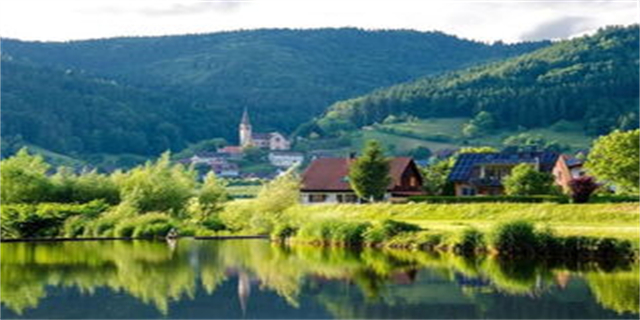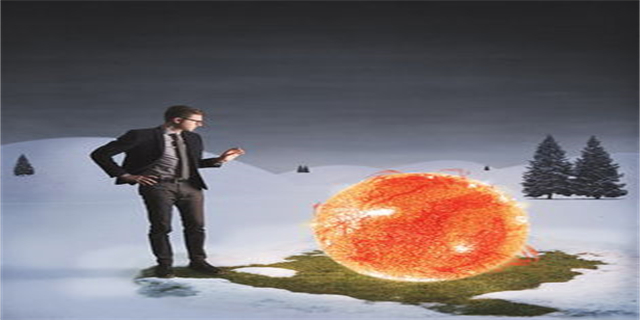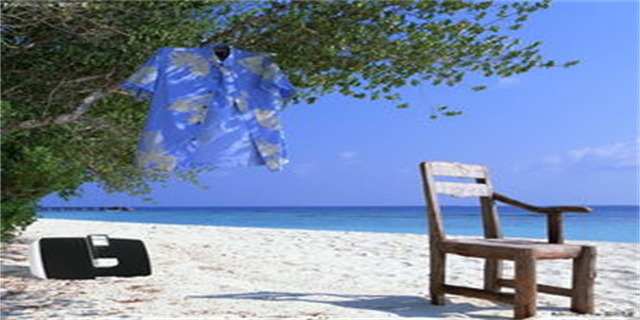ride的现在分词和三单形式(Riding on the Present Participle and Third Person Singular Form)

Riding on the Present Participle and Third Person Singular Form
The present participle, also known as the -ing form of the verb, conjures up images of continuous action, like a horse galloping through a meadow. However, the present participle has many uses beyond describing ongoing events. In this article, we’ll explore the versatility of the present participle and its accompanying third person singular form in various contexts.
Describing an Ongoing Action
The most common use of the present participle is to describe an ongoing action, as mentioned earlier. For example:
John is riding his horse through the countryside.

In this sentence, “riding” is the present participle, indicating that the action is currently ongoing. We can also use the third person singular form of the verb to show that someone else is performing the action:
The horse is riding John through the countryside.

In this sentence, “riding” is the third person singular form of the verb, indicating that the horse is doing the action to John.

Combining with Helping Verbs
The present participle can be combined with helping verbs to create various verb tenses:
John has been riding his horse for hours.
In this sentence, the present participle “riding” is combined with the helping verb “has been” to create the present perfect continuous tense, indicating that John started riding his horse in the past and is still doing so in the present.
John will be riding his horse in the parade tomorrow.
In this sentence, the present participle “riding” is combined with the helping verb “will be” to create the future continuous tense, indicating that John will start riding his horse in the future and will still be doing so at some point after that.
Creating Gerunds and Participial Phrases
The present participle can also be used to create gerunds and participial phrases:
Riding his horse is John's favorite hobby.
In this sentence, “riding” is a gerund, functioning as a noun, and is the subject of the sentence.
John's horse, riding through the countryside, is a majestic sight.
In this sentence, “riding” is a present participle, functioning as an adjective to describe the horse.
As you can see, the present participle and third person singular form of the verb have various uses beyond describing ongoing action. Whether you’re expressing an ongoing event, creating verb tenses, or using them as nouns or adjectives, these verb forms are an essential part of the English language.











